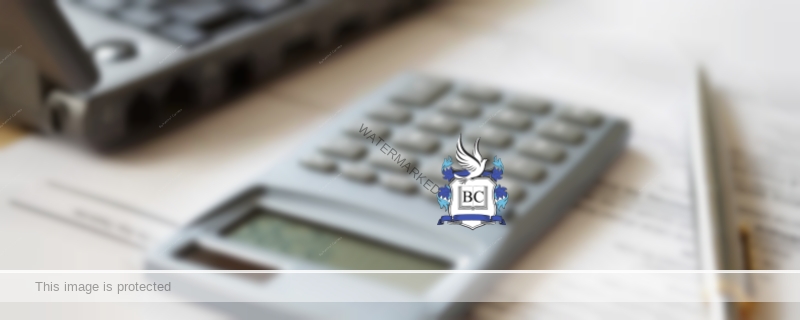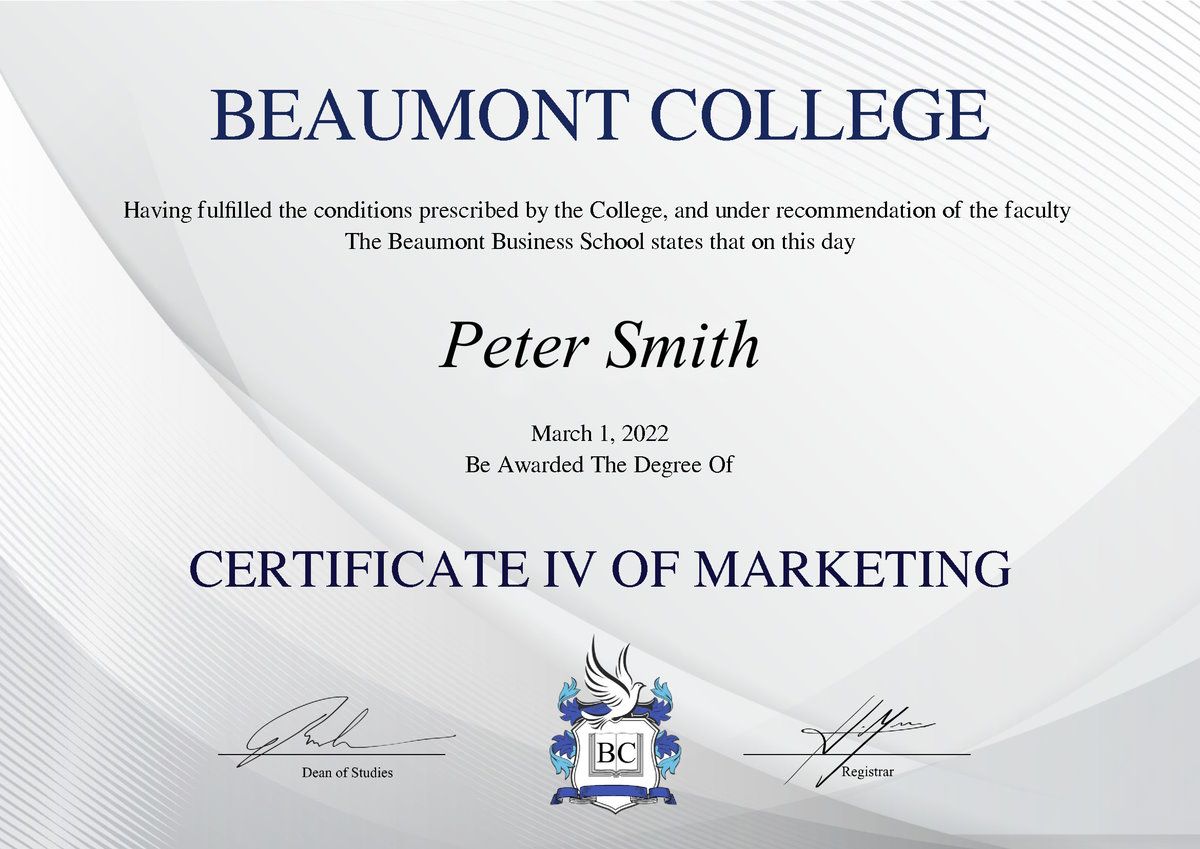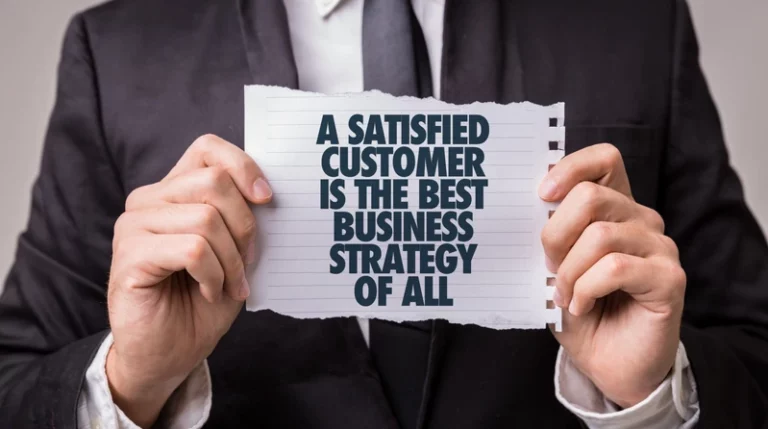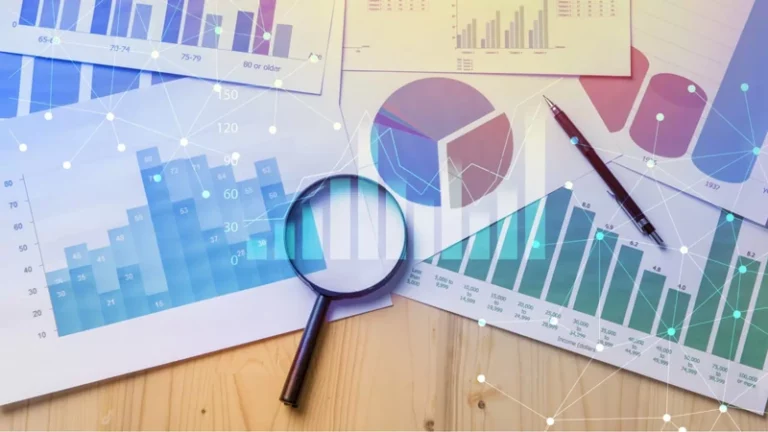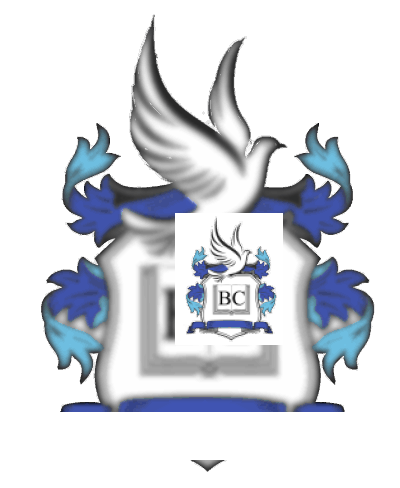For any investment you make in your small business, you’ll want to measure its return on investment (ROI). This is the profit as a percentage of the initial investment amount. Calculating ROI may be the difference between taking on ugly debt and taking your business growth to the next level.
Read the original and full article at:
https://www.smartcompany.com.au/partner-content/articles/how-to-calculate-roi-on-a-business-loan/
Why bother calculating ROI?
Running a business is exhausting, so why should you take time out of your busy week to explore ROI? Because ROI can give you valuable insight into the growth potential of your investments.
Risk versus return
It can be difficult to account for risk when calculating ROI, but if you haven’t calculated the total cost of your investment and the potential profit, how can you tell whether the risk is worth the gamble? Risk appetite is subjective, and you need to make a decision that’s right for your business.
There will always be a need for working capital. Having working capital can enable you to take advantage of the less risky investments, like buying a bulk order to take advantage of economies of scale or seasonal discounts. Restricted cash flow can make it difficult to produce working capital upfront, and that’s where a business loan can help your business grow.
The difference between good, bad and ugly debt
When it comes to growing your business, it’s important to differentiate the different types of debt. Saying all debt is bad is an oversimplification and could limit your growth potential. As any business owner knows, restricted cash flow is not only frustrating, it can be devastating to the success of your business. That’s why it’s helpful to identify the three different types of debt: good, bad, and ugly.
Calculating ROI
Calculating ROI is quite simple. The hardest part is estimating the net profit you will make from your investment. The formula is: ROI(%) = (net profit from the investment / investment) x 100. The answer is a percentage of your initial investment. But to make things simple, we’ve created a handy ROI Calculator that does the number crunching for you.
The ROI Calculator
It’s easy to get excited about a growth opportunity that could boost your profits or take your business to the next level. But don’t let excitement cloud your calculations. Remember your ROI could be the difference between positive growth for your business, or an ongoing struggle with creditors.
Example – ROI of buying inventory
Here’s a practical example of how ROI can help you. Let’s say you have the chance to purchase inventory at a 30% discount for a total of $100,000. Assume you can resell this stock for $300,000 and Moula lends you $100,000 on a six-month term at 1% interest rate per fortnight.
The total cost of your loan, including interest, is $107,139. Subtract the investment from the total revenue and the return on your investment for the six-month period is $192,861. Using the ROI calculator you can estimate your ROI to be 180%.
The important difference between profit and cash flow
When calculating ROI, and contemplating an exciting growth opportunity, it’s easy to forget the critical difference between profit and cash flow. The critical difference is timing, which really is everything when it comes to cash flow. You may get a huge ROI and a healthy profit from an investment, but there’s a massive difference between getting a return on investment in one month compared to that same amount coming in across a year.
In the long term, your business will benefit from the investment, but if it takes 12 months for you to reach that profit prediction, your cash flow will be worse off. Consider how the investment will impact your cash flow, as well as long-term growth opportunity.

